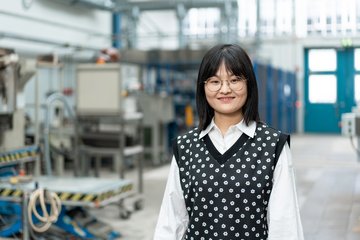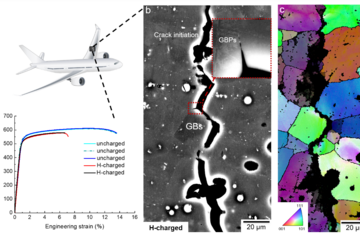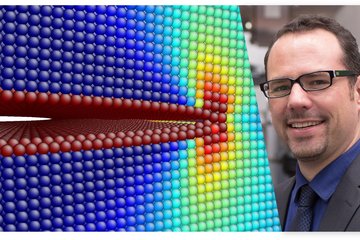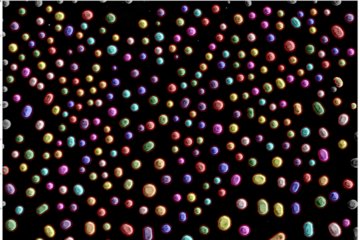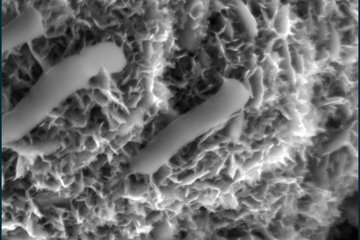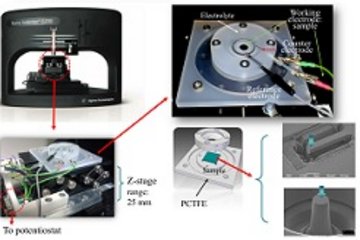Intelligent self-healing concepts for corrosion protection
The current standard for active coatings for corrosion protection is that corrosion inhibitors are released by leaching from the pigment. This process is uncontrolled and takes place at higher humidity even when no corrosion occurs. This reduces the lifetime of the active functionality of the coating and, due to the release of active substances to the environment, ecologically quite problematic. Intelligent self-healing coatings are coatings in which suitable repair agents are safely stored, but can be released on demand [1,2], i.e. when corrosion occurs and only then. Focus of research at MPIE are metallic, mainly zinc coatings, where suitable capsules are co-deposited during electrodeposition [3-5], as well as organic coatings. While storage in the zinc coating has the advantage of air-tight storage that allows safe long-term storage even of very reactive compounds (release occurs only when the zinc corrodes see report(link)), in the organic coating higher amounts of active agents can be stored. Active release from capsules in the organic coating either occurs by an electrochemical trigger (for capsules made from conducting polymer (see [1, 2]) or by changes in pH. This research is in strong cooperation with scientists of the Max-Planck Institute for Polymer Research (MPIP) in Mainz (Prof. K. Landfester, Dr. D . Crespy, MPIP). Part of this research takes plays within the DFG SPP “Design and Generic Principles of Self-Healing Materials” (http://www.spp1568.uni-jena.de/).
An important current focus is now on realizing optimized self-healing by a synergetic inter-play of zinc and organic composite coatings. Another important focus of research is on how to achieve sufficient release and transport of suitable active agents for self-healing even of large defects.
1.
Vimalanandan, A.; Lv, L.-P.; Tran, T. ..; Landfester, K.; Crespy, D.; Rohwerder, M.: Redox-Responsive Self-Healing for Corrosion Protection. Advanced Materials 25 (48), pp. 6980 - 6984 (2013)
2.
Lv, L.-P.; Zhao, Y.; Vilbrandt, N.; Gallei, M.; Vimalanandan, A.; Rohwerder, M.; Landfester, K.; Crespy, D.: Redox Responsive Release of Hydrophobic Self-Healing Agents from Polyaniline Capsules. Journal of the American Chemical Society 135 (38), pp. 14198 - 14205 (2013)
3.
Wippermann, S. M.; Scalise, E.; Vörös, M.; Gali, A.; Rocca, D.; Zimanyi, G. T.; Gygi, F.; Galli, G.: Semiconducting nanocomposites for use as light absorbers in multi-exciton generation solar cells: insights from ab initio calculations. PSI-K 2015 CONFERENCE, San Sebastian, Spain (2015)
4.
Wippermann, S. M.; Scalise, E.; Vörös, M.; Gali, A.; Rocca, D.; Zimanyi, G. T.; Gygi, F.; Galli, G.: Semiconducting nanocomposites for use as light absorbers in multi-exciton generation solar cells: insights from ab initio calculations. PSI-K 2015 CONFERENCE, San Sebastian, Spain (2015)

